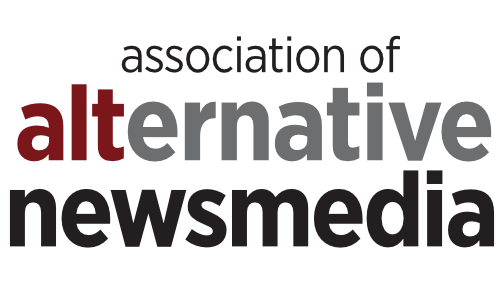A recent survey of AAN papers revealed that the applications alt-weeklies are using to track circulation are as diverse as the newspapers themselves. A few papers rely on their in-house wiz for a custom-made program, but for the rest of the industry, a commercial package is the only sophisticated option. Alt-weekly circulation insiders describe their woes, successes, and dreams of better uses for the numbers.
The Reader's Executive Editor, Michael Lenehan, penned a Swiftian proposal for a "Year Without Journalism" in the Dec. 30 issue (available here as a PDF). Lenehan wrote, "With no news to aggregate, no facts to ruminate, the algorithms and the bedroom pundits will turn on each other like mirrors, producing a perfect regression of narcissistic self-reflection, repeating endlessly." The story immediately became an object of insult among offended bloggers such as Rambling Rhodes and Wonkette, who was mentioned in Lenehan's piece. Lenehan says, "Did it get the reaction I hoped for? Of course not. The reaction I hoped for -- the reaction I always hope for -- is widespread and universal acclaim. Instead I received kind words from all the old-school journalists I heard from and vilification from almost every blogger who read the piece -- and, of course, from many bloggers who saw it blogged somewhere else and didn't bother to read it. I was surprised by how literal and humorless the bloggers are. I guess they like to think they are being attacked by print journalists, it reassures them that they are effectual."
Superior Court Judge Joan M. Lewis issued a temporary order preventing the San Diego Reader from publishing details about Polyheme, a blood substitute still in testing, that were obtained under the California Public Records Act. Northfield Laboratories Inc. had sued the Reader last month to stop publication of the information, which Northfield calls "trade secrets." On July 28, the Reader had published an article saying that Polyheme was being tested in downtown San Diego and in poor minority neighborhoods, on trauma patients who were unable to consent. A Northfield spokesperson said the two sides would meet next week in an attempt to reach an agreement.
Tori Marlan is one of eight journalists chosen this year to receive a grant from the Alicia Patterson Foundation. Marlan's $17,500 six-month grant will enable her to take a leave of absence from the Reader and immerse herself in her topic, which she describes as "the plight of unaccompanied minors--kids from all over the world who come to the U.S. without parents or guardians and seek asylum. The government detains more than 5,000 of them each year." Marlan hopes her work "will appeal to a national and international readership."
Throughout his career, Ben Joravsky has worked to illuminate issues affecting Chicagoans. In his award-winning political column for the Chicago Reader, The Works, he explains how the city treats certain individuals, shedding light on the larger schemes of government. This is the 27th in a "How I Got That Story" series highlighting the AltWeekly Awards' first-place winners.
Steve Bogira of the Chicago Reader writes primarily about urban poverty. One place where poor people's stories are told again and again, with unexpected nuances, is in the courtroom. Bogira's award-winning column, Courtside, recounts these stories, as does his recent book, Courtroom 302. This is the 16th in a "How I Got That Story" series highlighting the AltWeekly Awards' first-place winners.
We don't know enough about art or classified advertising to answer that question definitively, but the School of the Art Institute of Chicago's upcoming "I Saw You" exhibition certainly qualifies as rare and unusual. The exhibition, which opens Nov. 4, features work by SAIC students "inspired by the Chicago Reader's I Saw You classifieds," according to the school's Web site.
- Go to the previous page
- 1
- …
- 10
- 11
- 12
- 13
- 14
- 15
- 16
- …
- 19
- Go to the next page









